"Haft-sin" is a collection of seven #symbolic things whose name begins with the letter "Sin"(like letter S) and is traditionally displayed on Nowruz, the Iranian New Year.
"Haft-sin" is one of the most famous Nowruz ceremonies, at the beginning of the new year.
"Haft-sin" is a collection and selection of seven opposites: , sumac ,apple, Russian Olive (Elaeagnus angustifolia), garlic, vinegar, greens (wheat or Lentils seeds and the like have already been planted), coins, Samanu( wheat germ sweet pudding.) and Hyacinth (plant).

"haft" means seven and "sin" means letter S.
As is customary, other things are placed on the table to complete the symbolic meanings of "sin";
Including mirrors, candles and candlesticks, colored eggs, flowers, sweets, etc.
It is common to place red fish in a crystal bowl, coins, Hyacinth plant, bread and salt, water and clock alongside the main components of the Haft-sin.
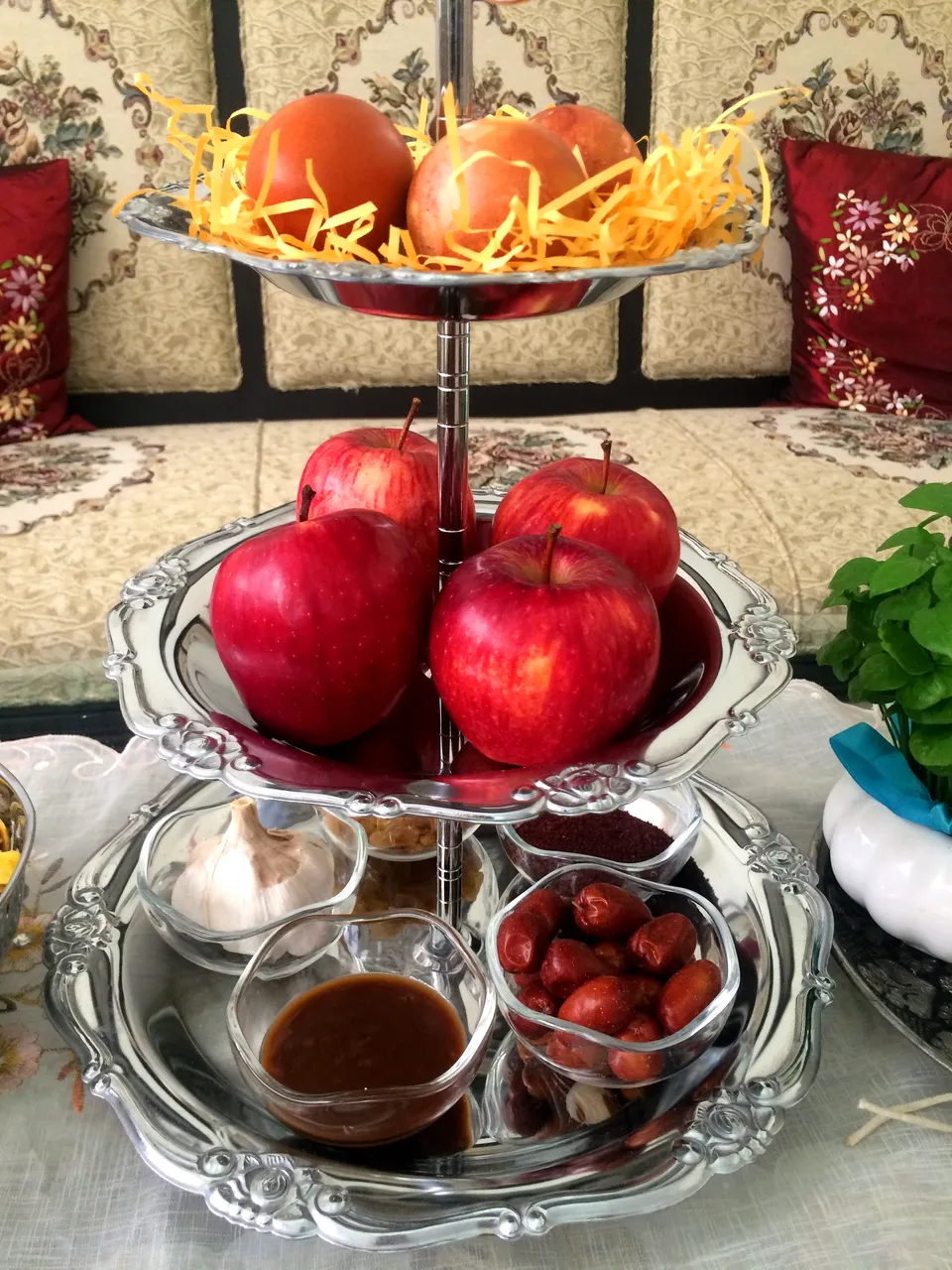
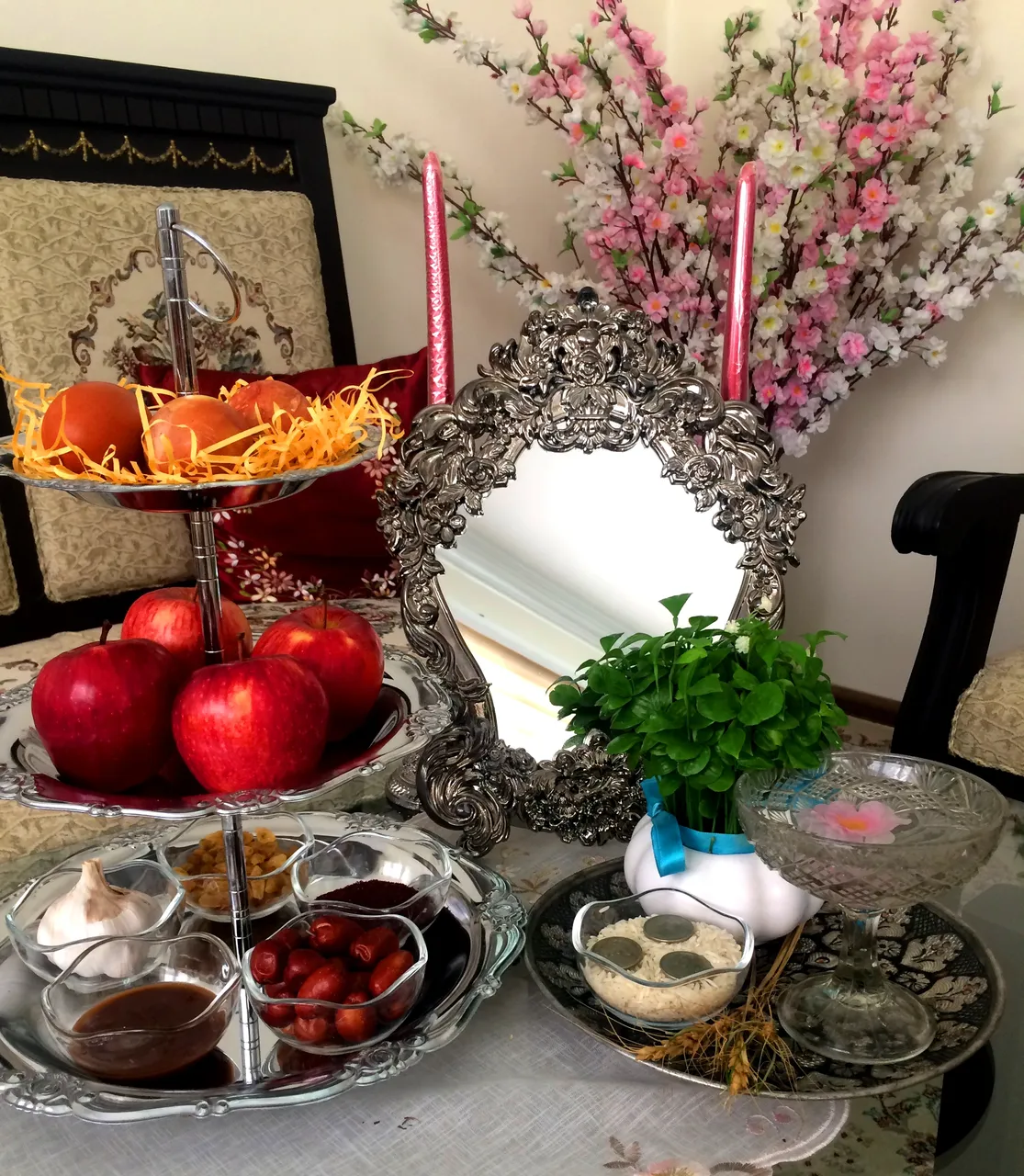
Haft-Sin usually stays at home until the end of Nowruz (the first 13 days of the new year), and some people leave the greenery in the water on the thirteenth day of Nowruz.
Historically, anything on this table can be a symbol of New Year's wishes; Wishes such as health, fertility, patience, blessing, victory, wisdom and more.
The spread of "Haft-Sin" especially for Nowruz has been celebrated in the past in parts of Iran, and today in Iran and some surrounding countries.(Including Afghanistan, Albania, Azerbaijan, Kazakhstan, Kosovo, Kyrgyzstan, Tajikistan, Turkmenistan and Uzbekistan.)
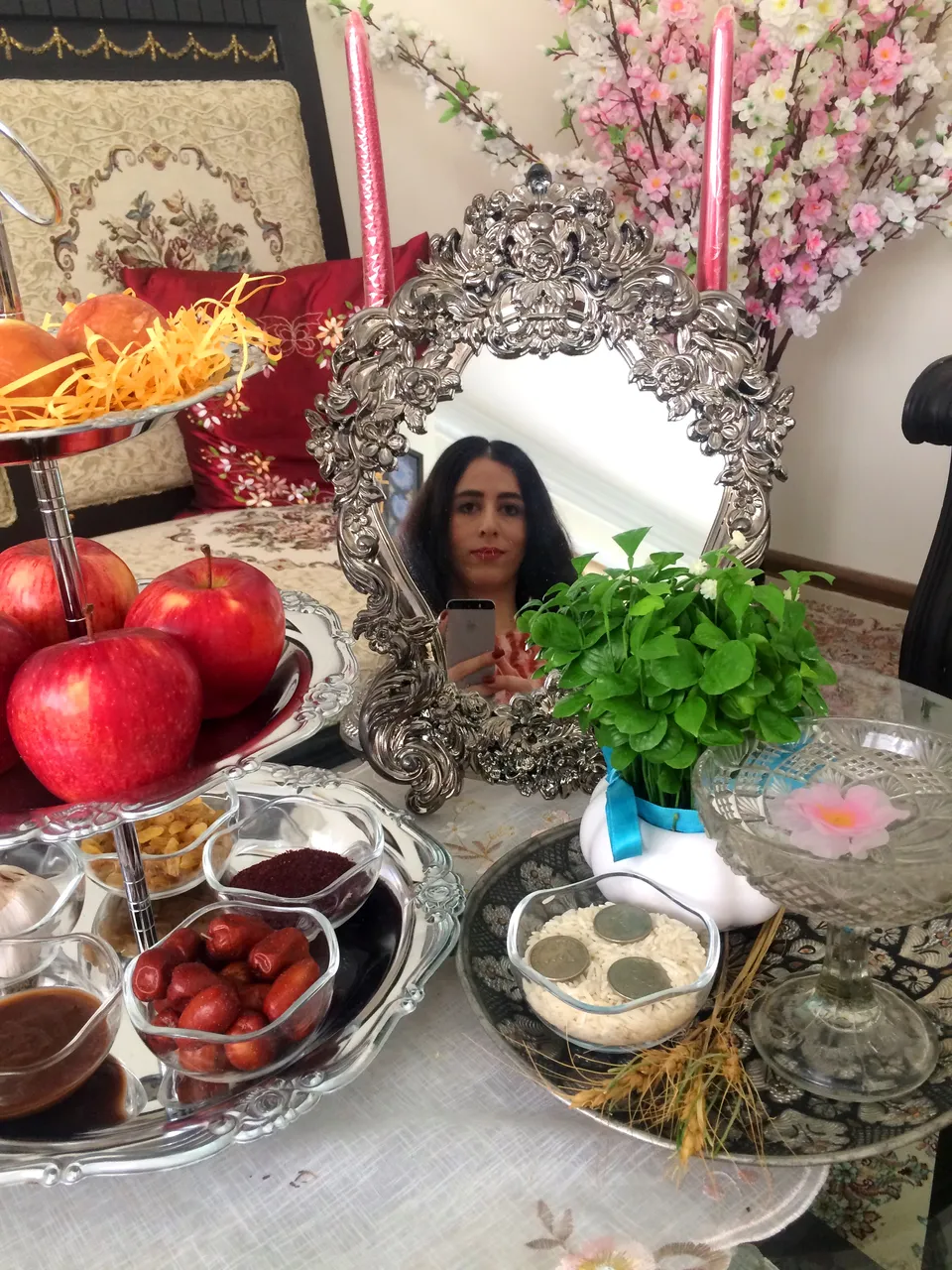
Each of the seven main scenes has its own meaning, which we will examine in the following:
The presence of "Elaeagnus angustifolia " on the Haft-Sin table indicates that he has done "deliberate" things.
Because "Elaeagnus angustifolia " is a symbol of measured action and inclination to reason.
Others consider "Elaeagnus angustifolia " as a symbol of love and affection and believe that its presence increases the love and affection between family members.

An apple on the Haft-Sin table is a symbol of health and well-being, and its presence on this table brings the health of the members of that family to the end of the year and keeps them away from any disease.
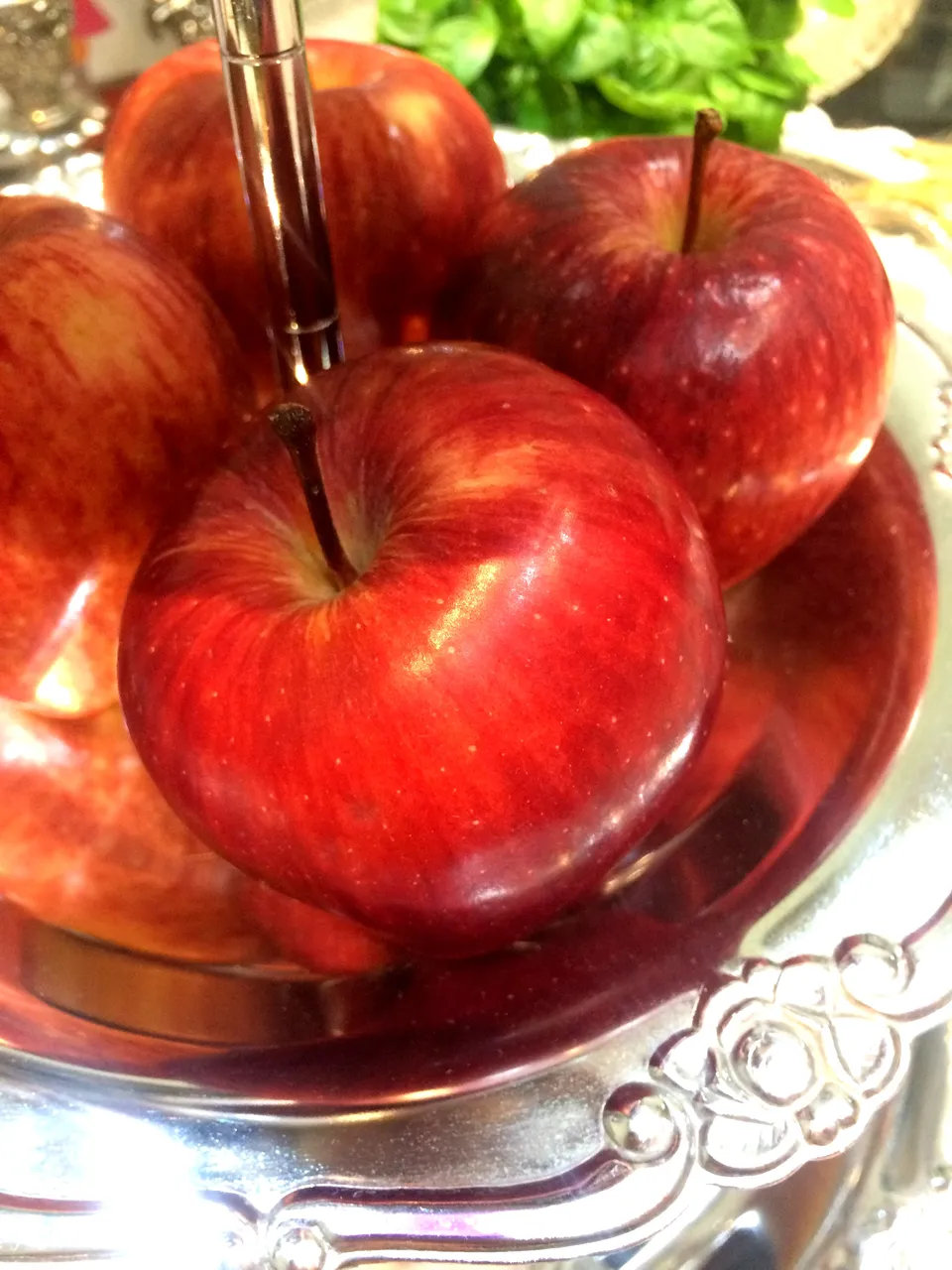
Green is a symbol of happiness, vitality, peace, self-sacrifice and life, and its presence at the Haft-e-Sin table brings happiness and freshness to family members.
Some also consider green as a symbol of the angel of May.
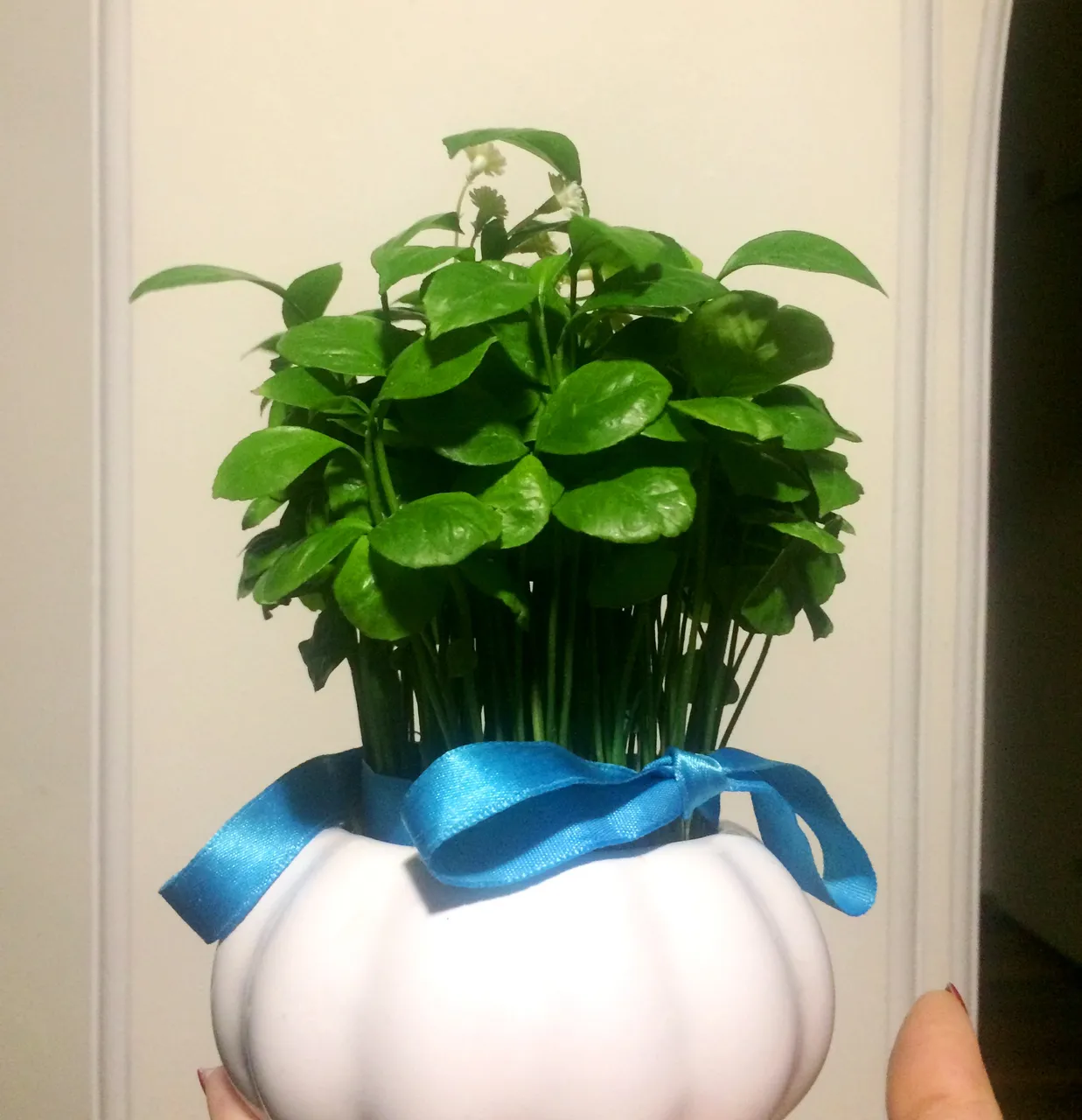
Semno is a symbol of power, goodness and blessing. Semno is made from wheat and because it is nutritious, it is also called man-creating food.
Its presence at the Haft-e-Sin table brings strength, patience and justice to family members.
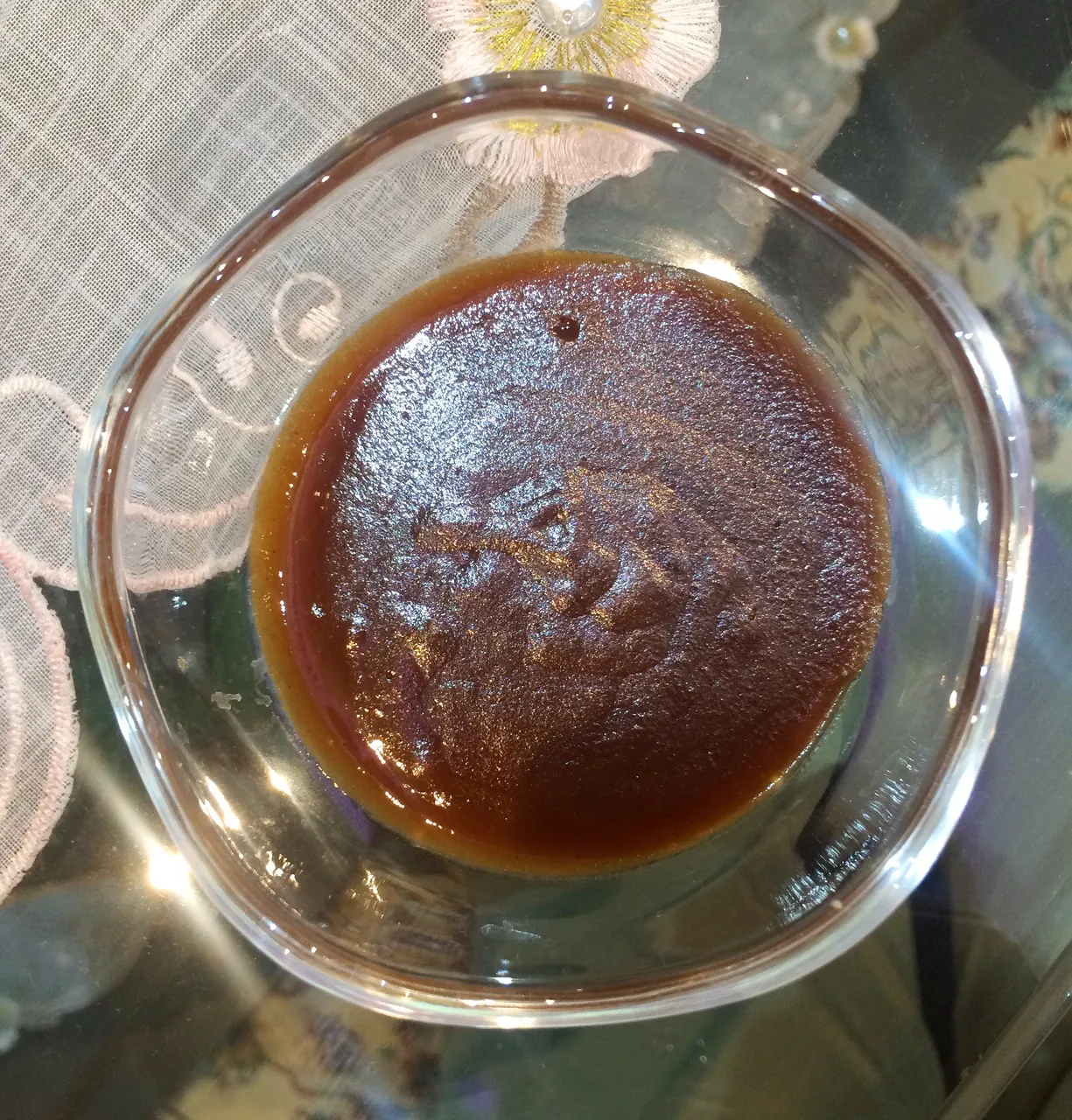
There are several reasons for the presence of garlic on the Haftsin table. Some consider it a symbol of "Ahura Mazda" and a symbol of health and wellness.
Some have also mentioned the medicinal properties of garlic and consider it a symbol of healing diseases in the New Year.
Dignity, cleansing the environment, protecting against evil, guardian of the table are some of the symbols that have been said for garlic.
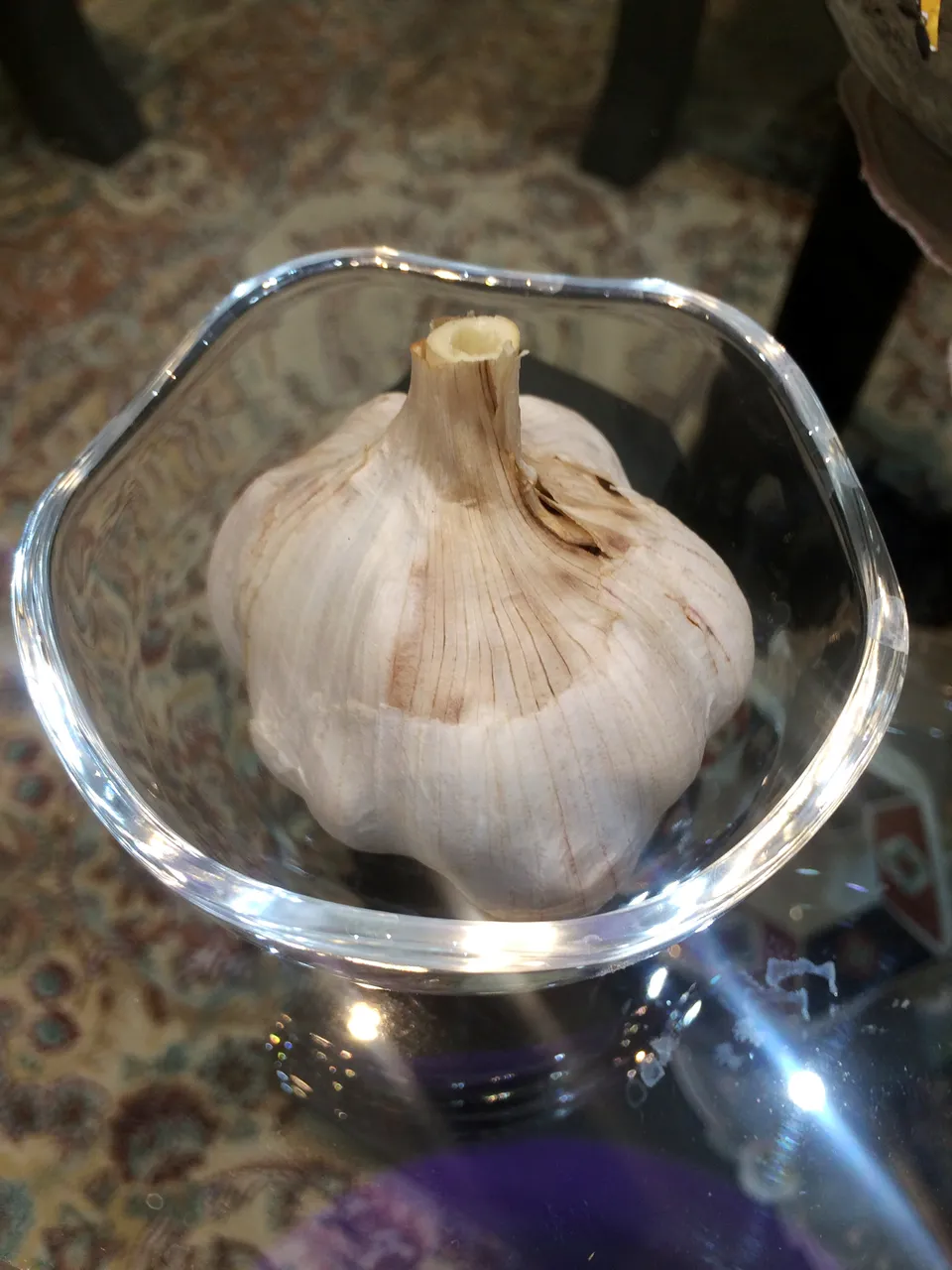
Vinegar is considered a symbol of immortality and its presence in the Haft-e-Sin table is known as removing life's troubles.
Some also believe that vinegar is a symbol of satisfaction and invites us to accept the troubles of life.
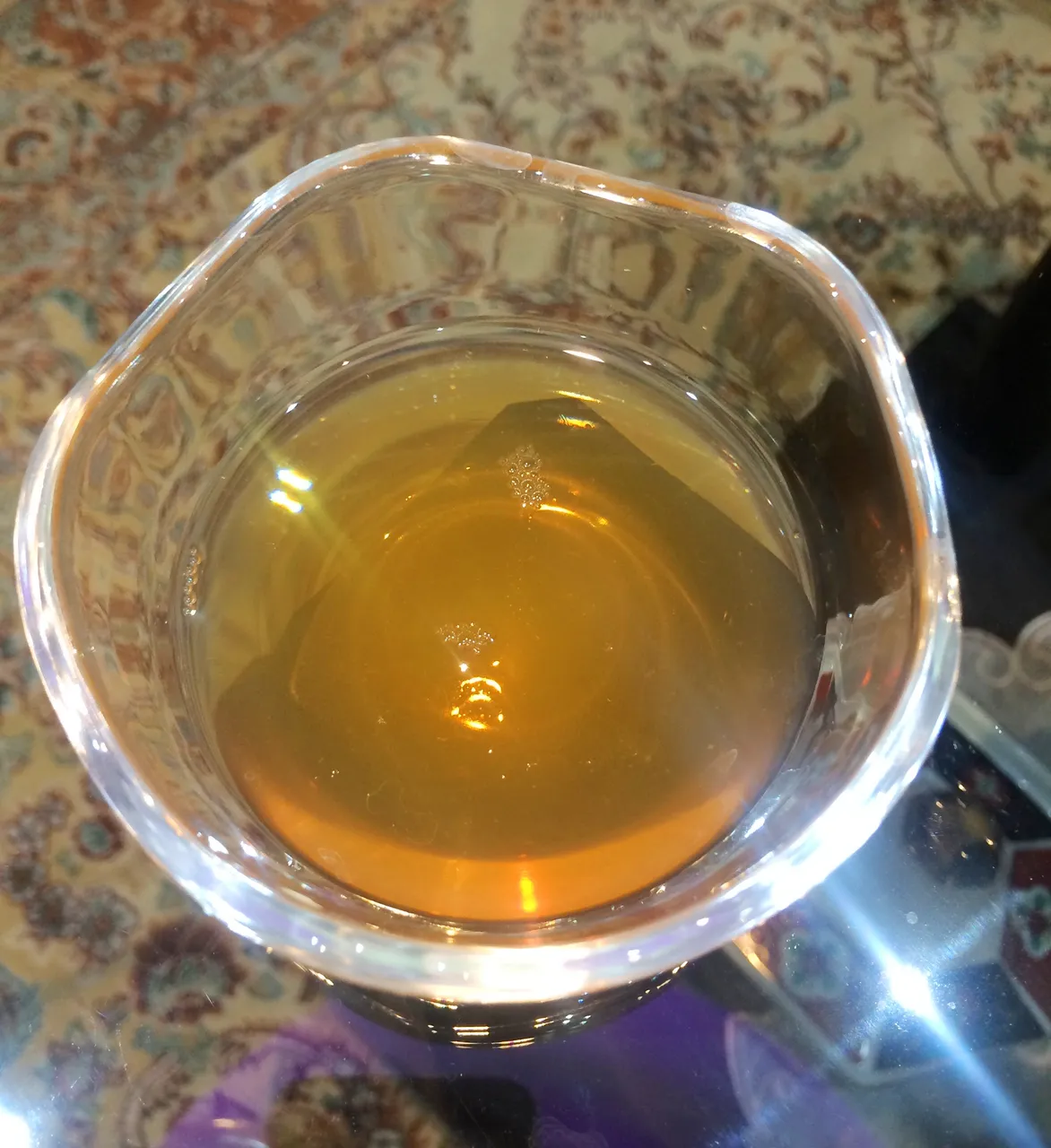
Sumac is a symbol of patience, forbearance and endurance, and its presence on the table of Haft-e-Sin reminds us that we must pass the coming year with patience and forbearance.
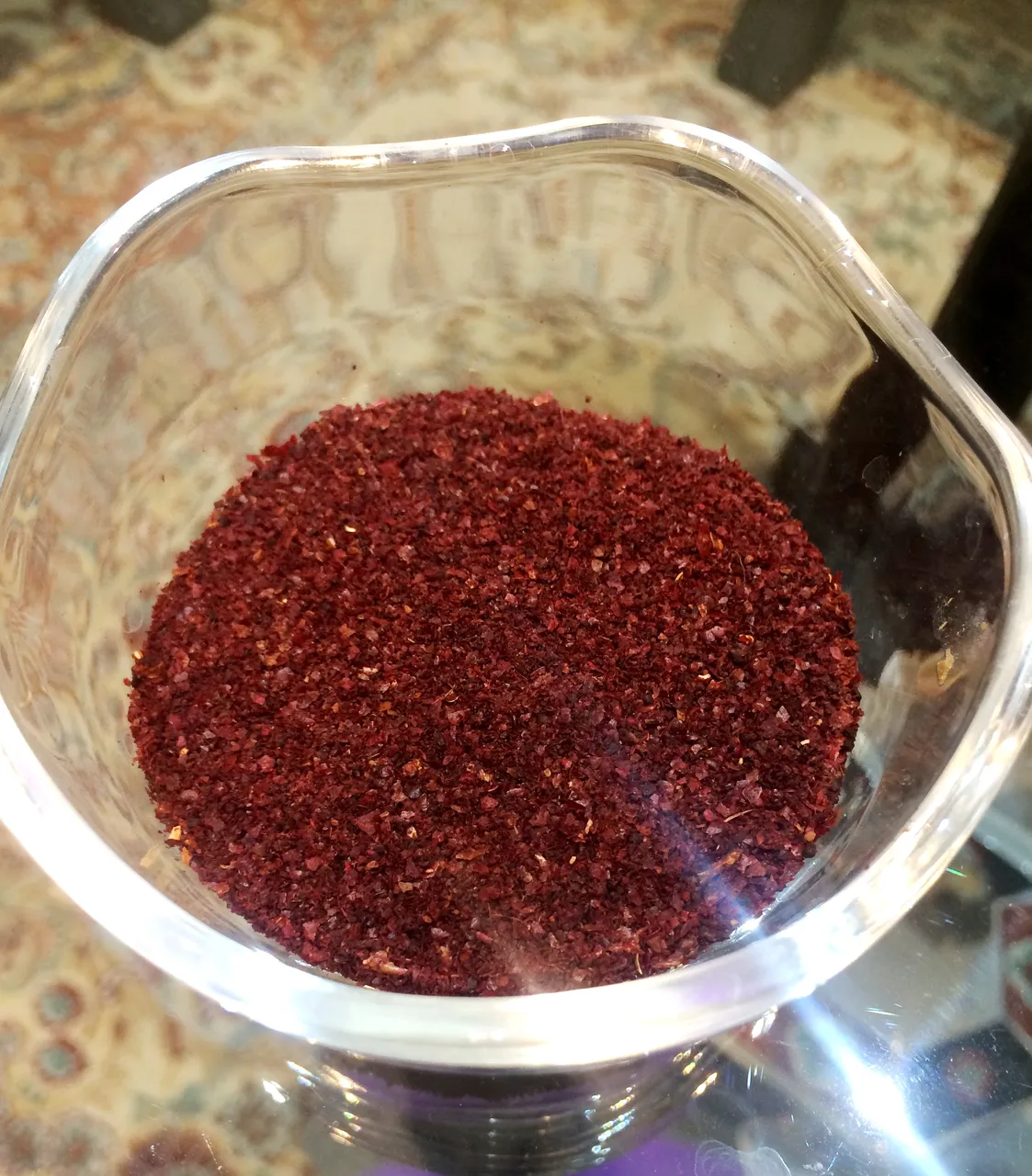
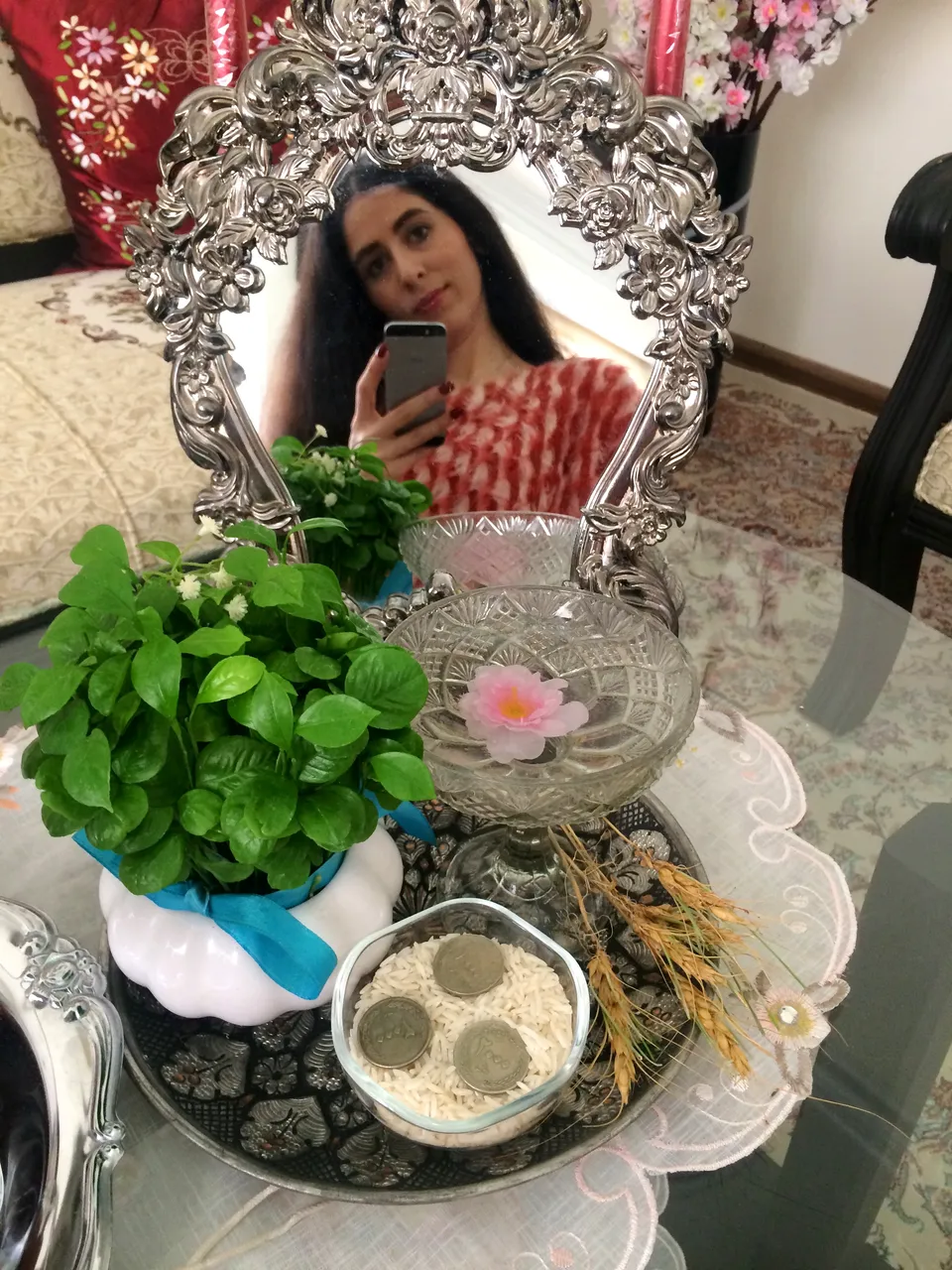
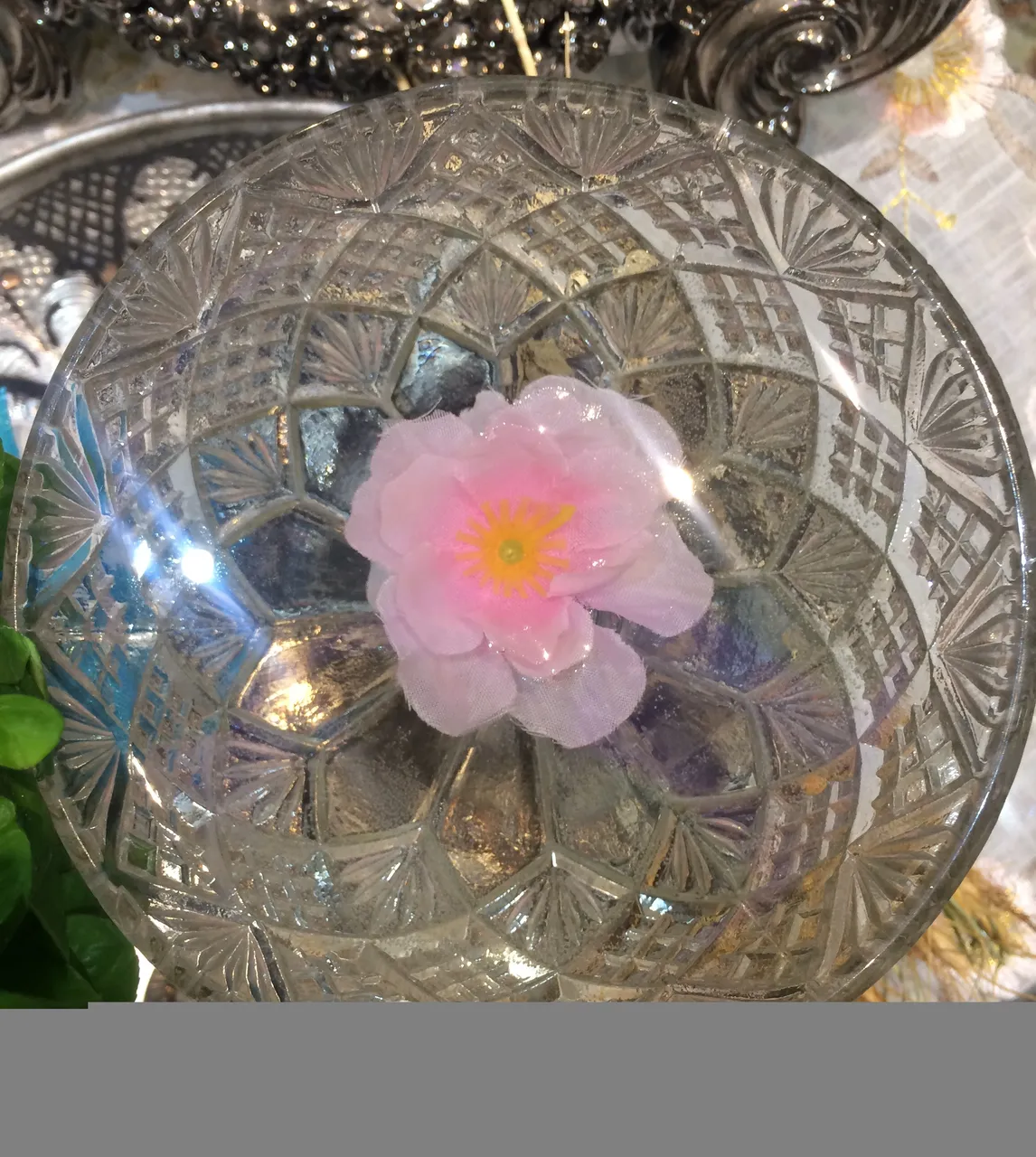
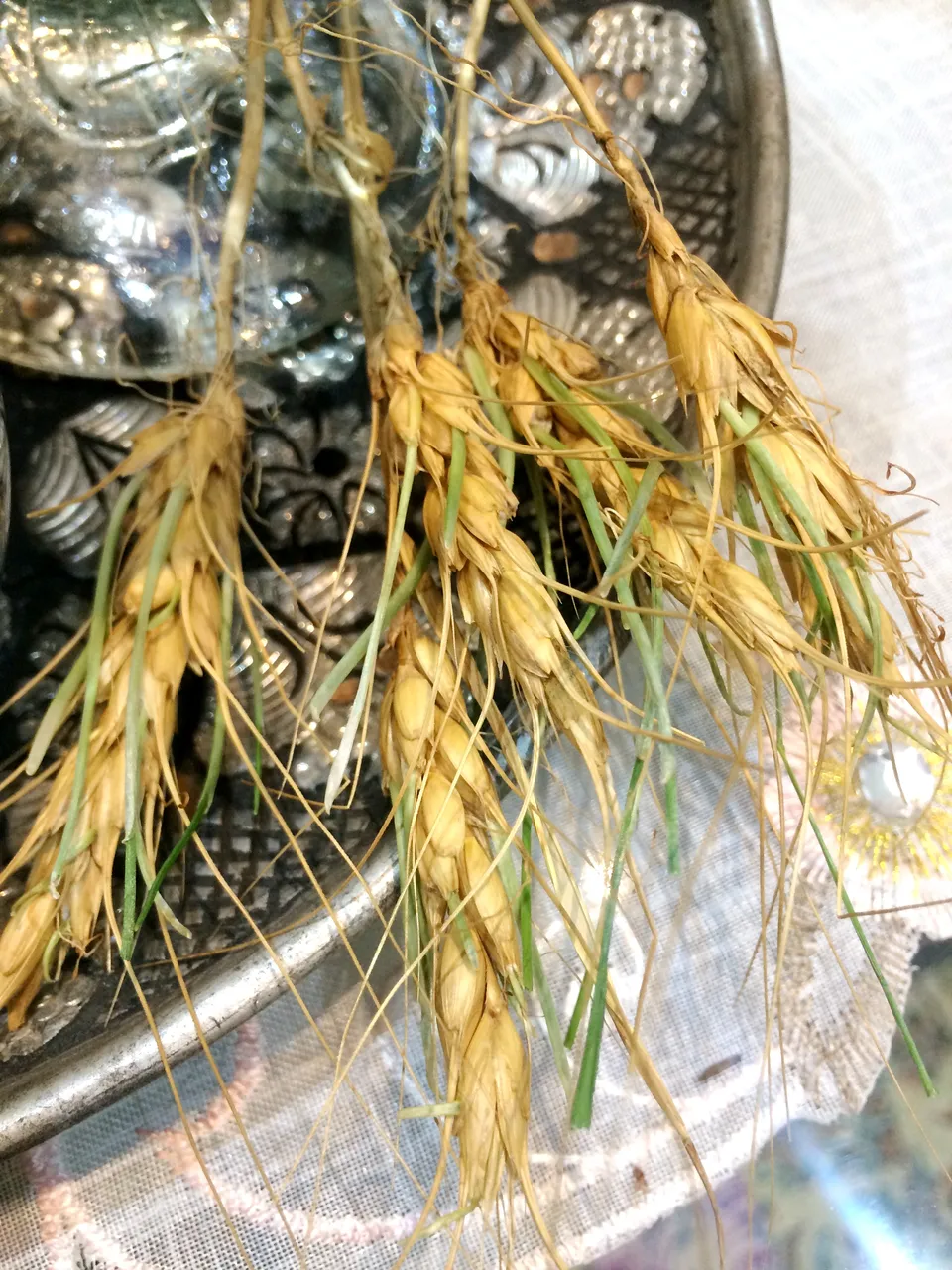
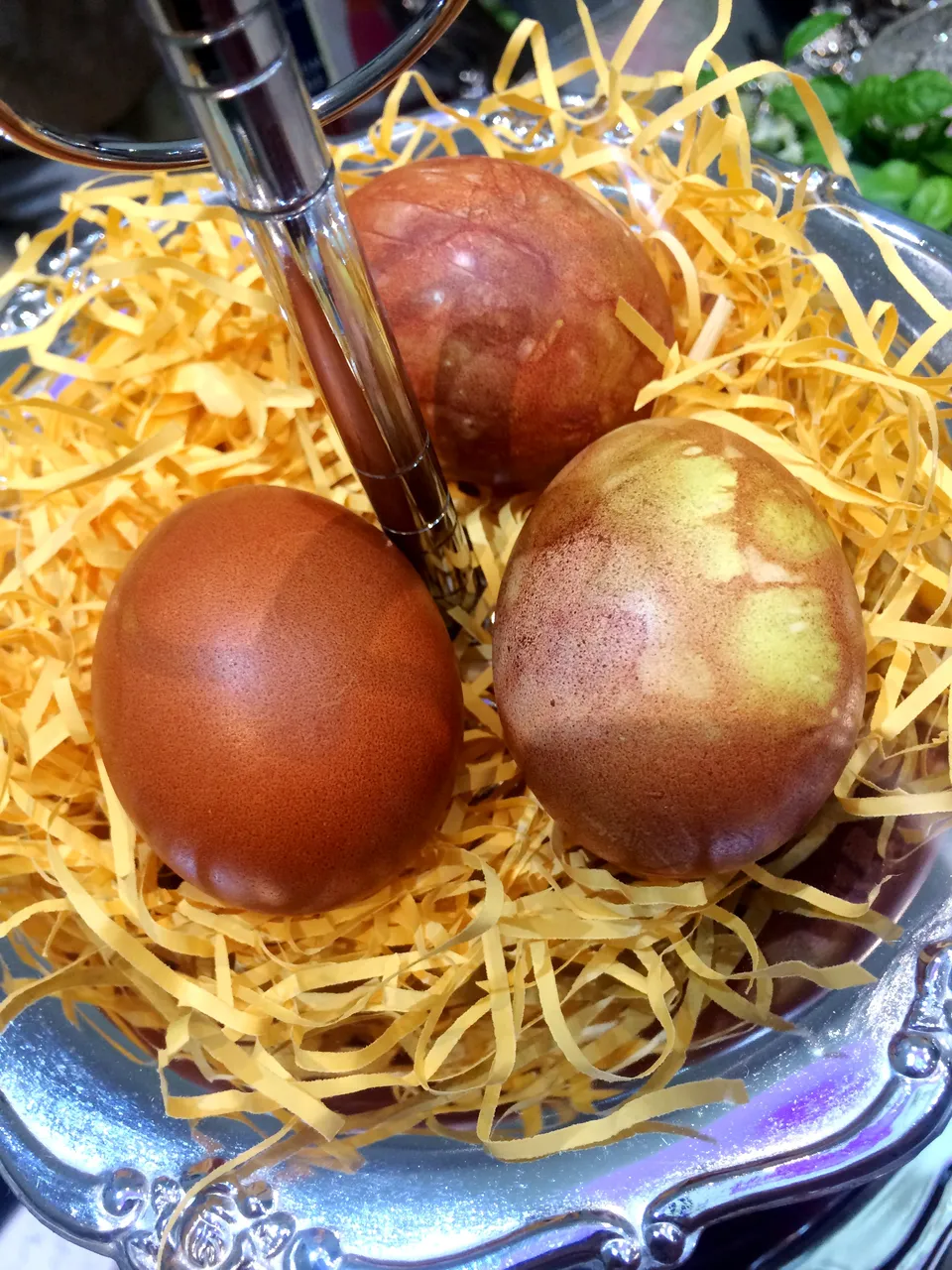
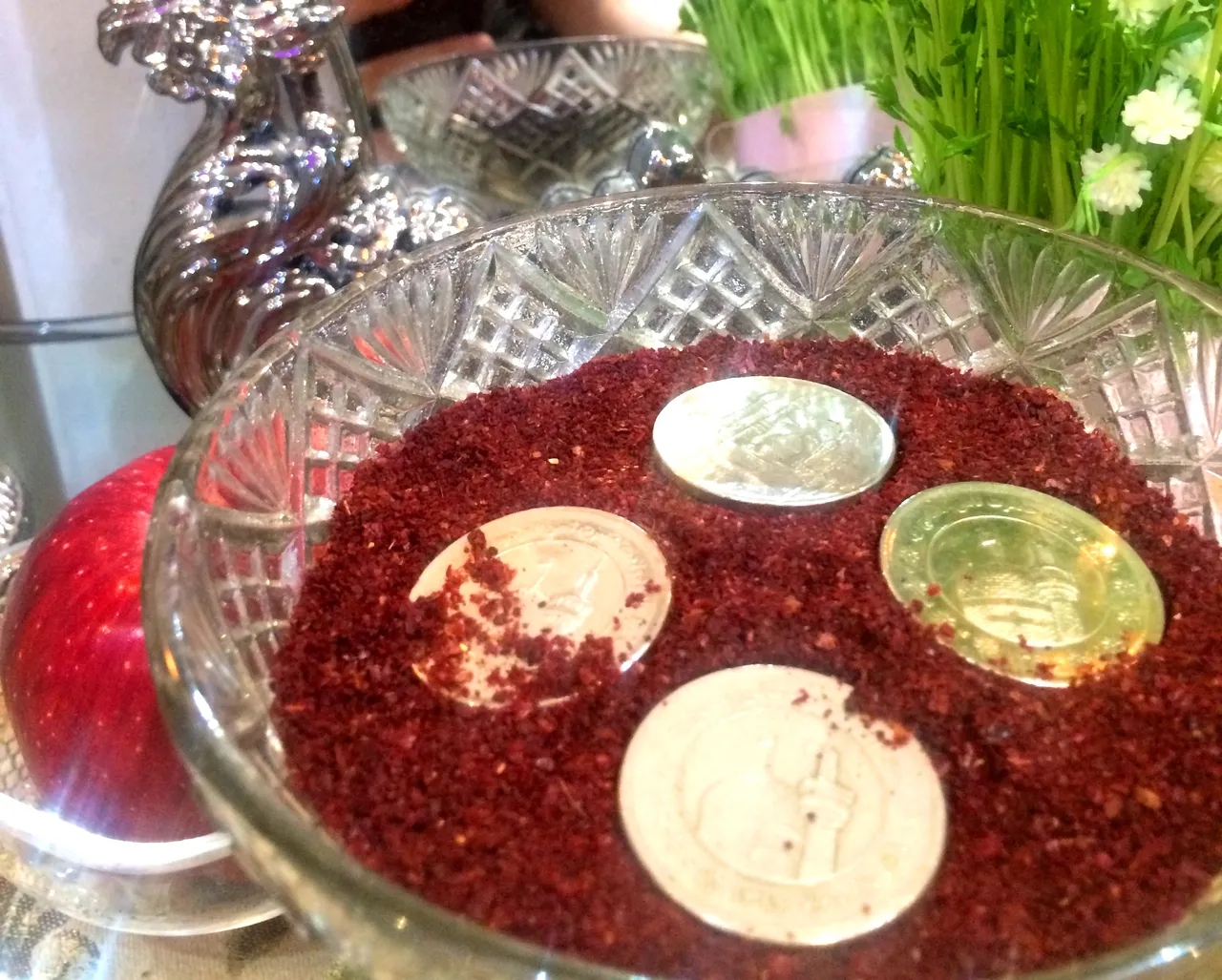
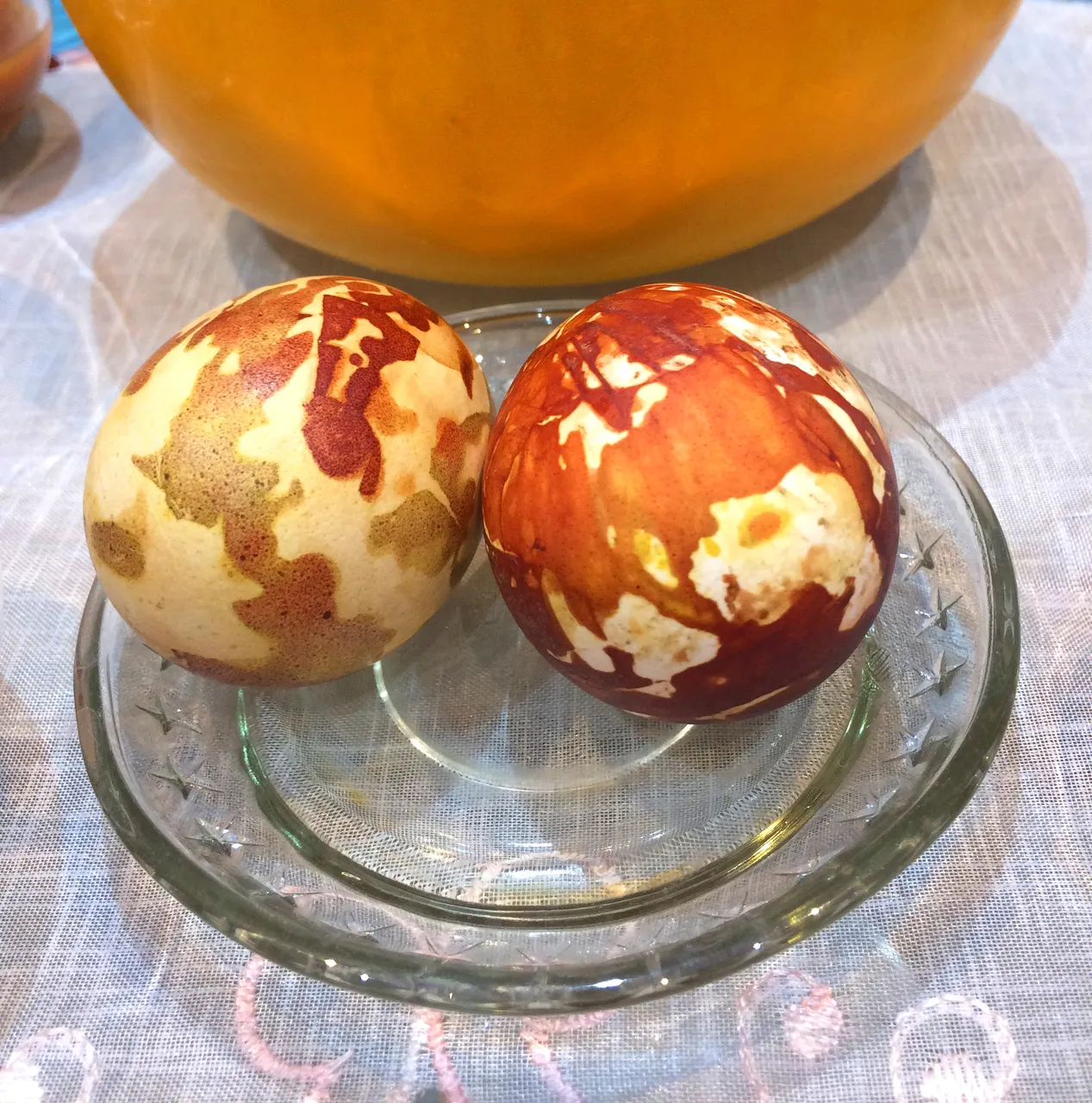
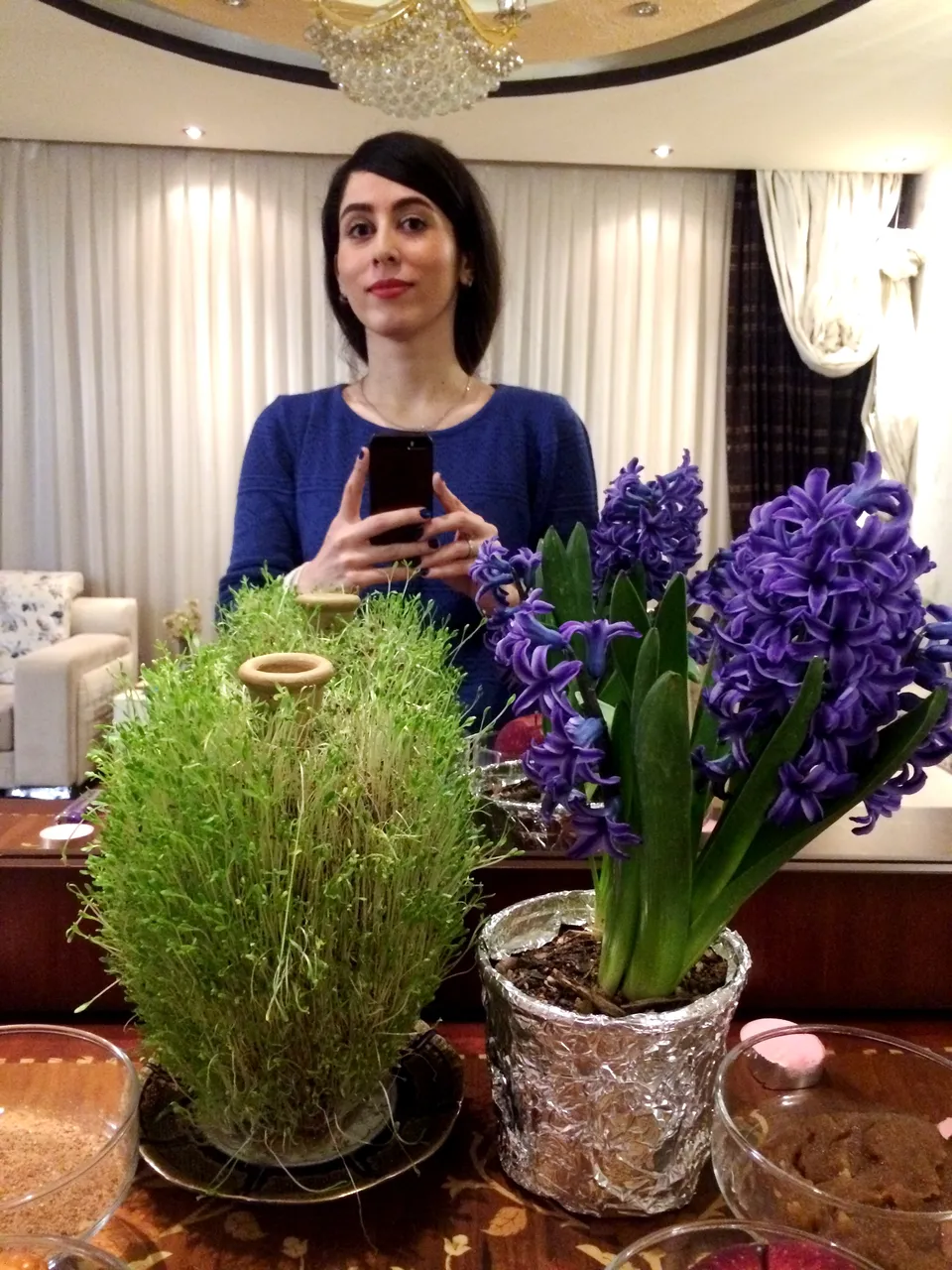
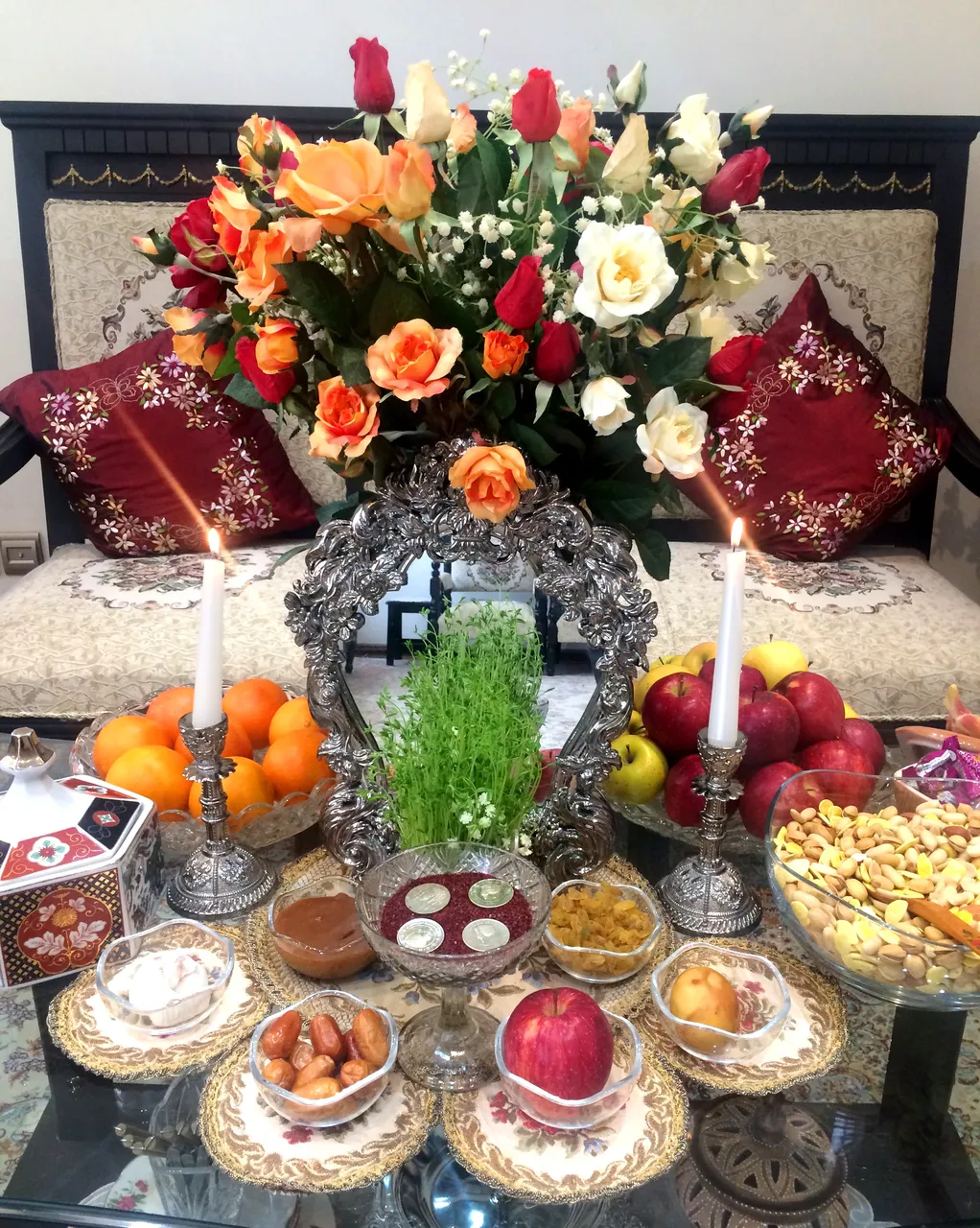

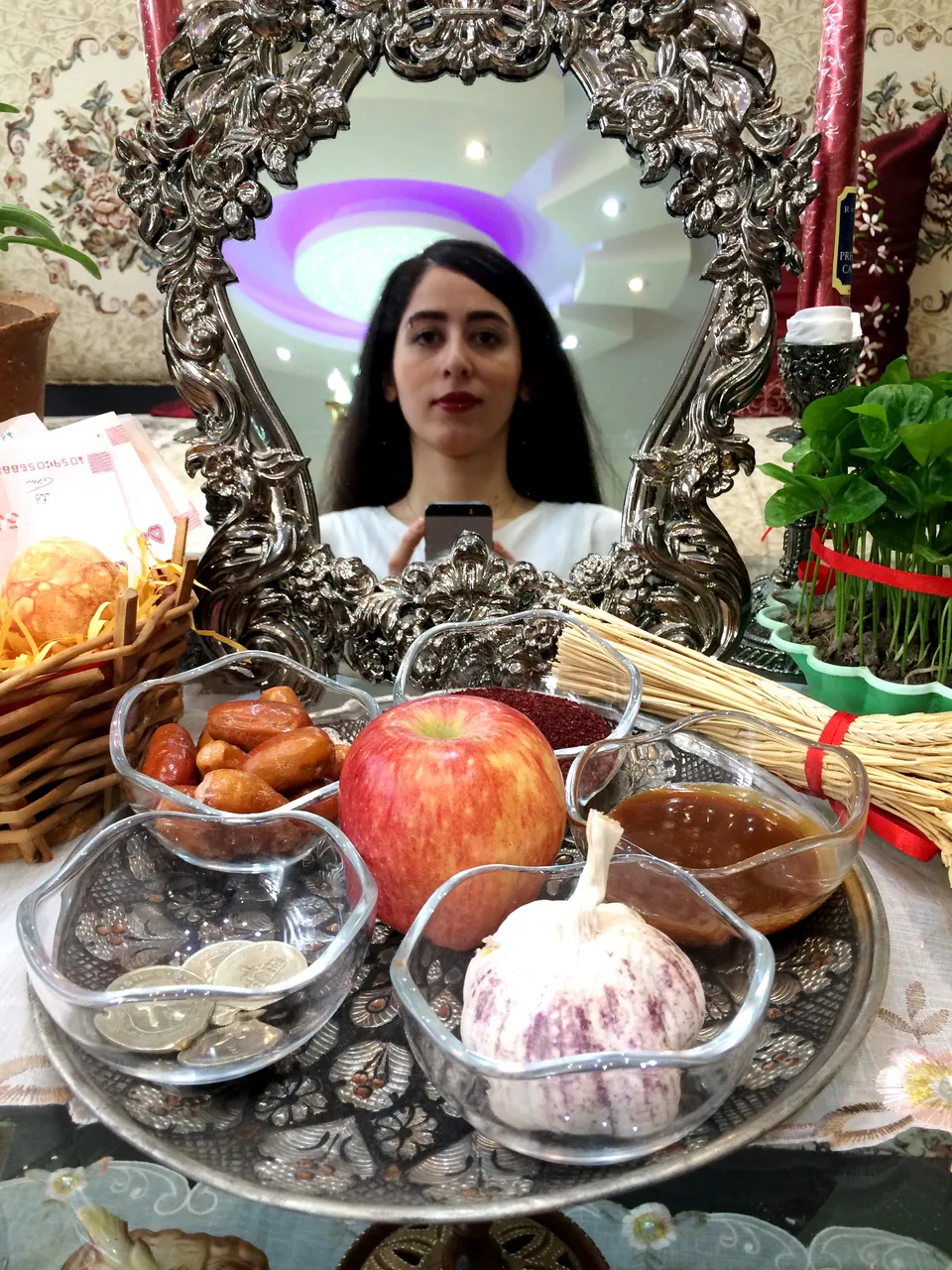
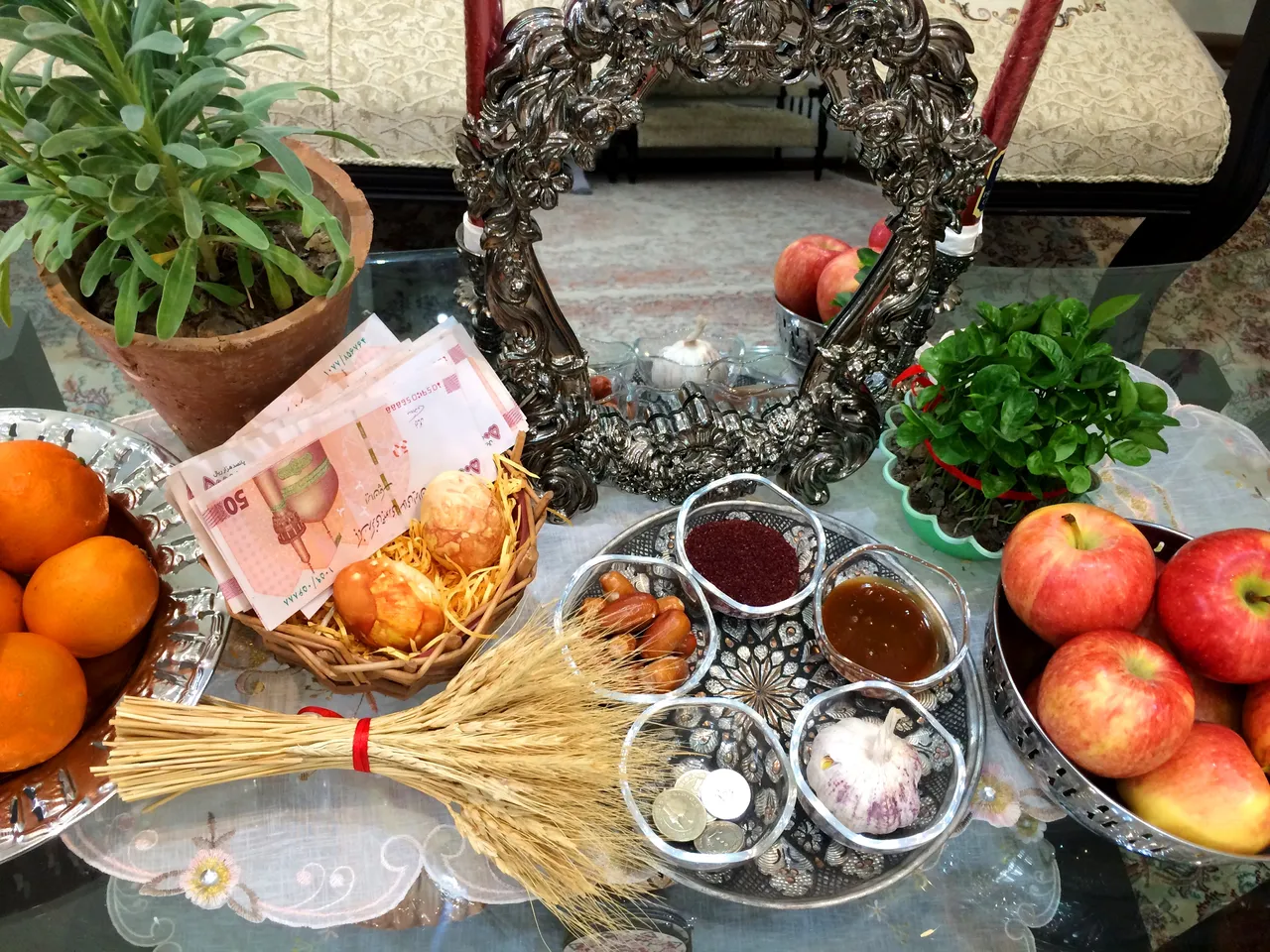
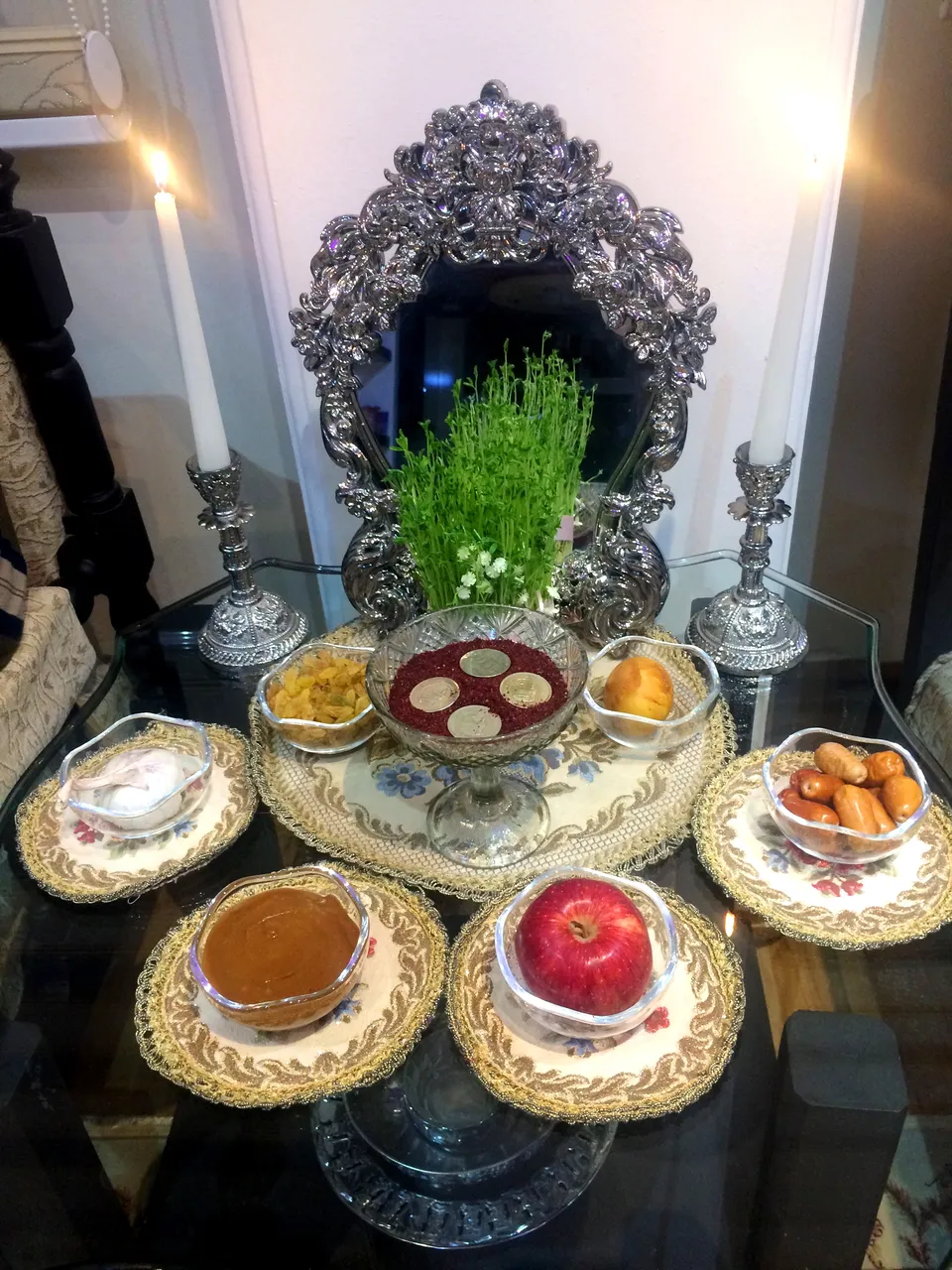
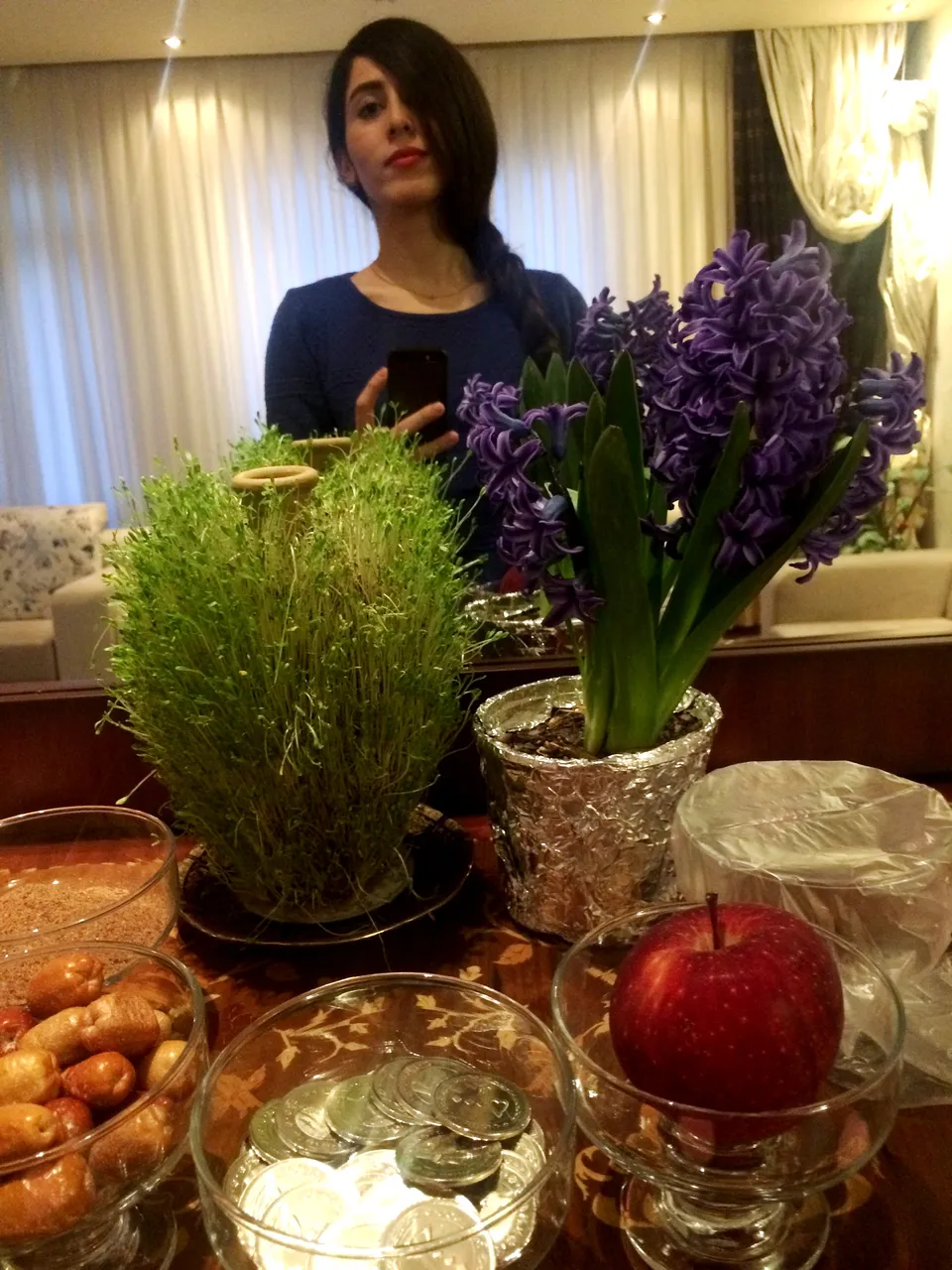
Thanks for reading my #blog.have a good night
Yours sincerely: @Machan